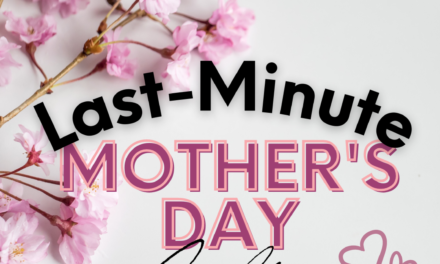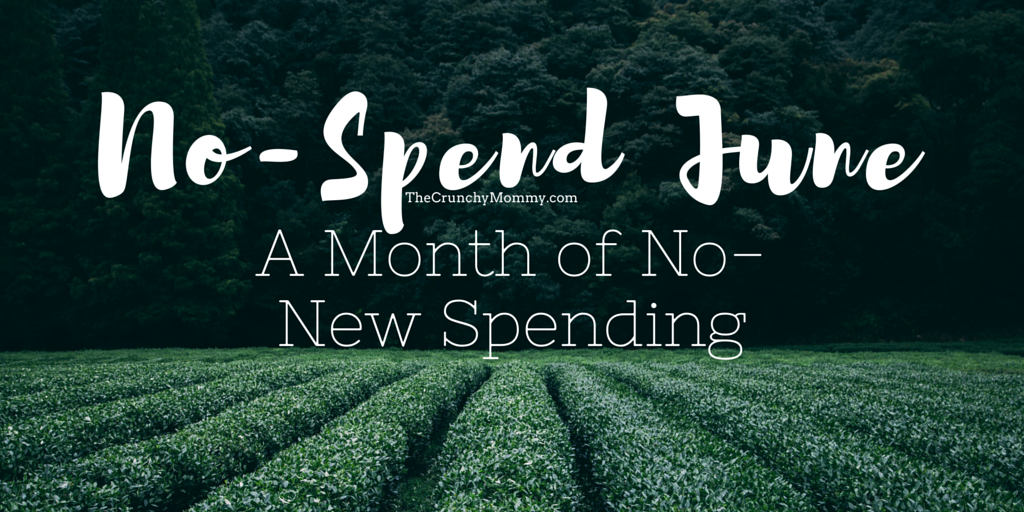It’s no secret that my family and I love maple syrup. We’re huge pancake and waffle eaters (I’ve even managed to make a delicious keto recipe for pancakes) so naturally maple syrup is practically on tap here (see what I did there?). We were incredibly excited when Coombs Family Farms invited us to come to Vermont to learn about the maple syrup process up close and personal.

The extent of our knowledge to the maple syrup process came from an episode of Curious George. George, being who he is, managed to mess up the maple syrup process a little bit. but it sparked a really great conversation with my kids so I was so grateful to have this hands-on experience with them!
The Maple Syrup Process
It’s actually a pretty straightforward process that hasn’t been lost to technology. The tree is drilled and then a tap is placed in it. The tap is configured to hold a bucket. Once the bucket is hung, it’s covered and the maple water just drips out!



Once the pail is full, it gets boiled down in a sugar shack. It’s this boiling process that gives it the amber color. Once the temperature reaches 219 degrees, the syrup is ready to draw off. There are no additives to it so it can be eaten right at this point–once it’s cooled of course!
It’s important to note a couple of things with tapping trees. You can’t tap the same place twice as a “scar” develops. When tapping, they alternate sides and areas of the tree to maintain peak health of the tree. Also, they don’t drain the tree of it’s sap. A maple tree will produce hundreds of gallons of sap, however, only 20-25 gallons of this will be tapped per season.

Fun Facts About Maple Trees
- Maple trees have to be 40 years old before they can be tapped.
- There was once both Grade A and B maple syrups but now there’s just grade A and grade A rich.
- The darker the syrup the more nutrient rich it is.
- The sugaring season lasts between 4-6 weeks. The season ends when it’s warm because the warmth changes the composition of the sap which makes it not taste so good.
- Ideal tapping temperatures are 20 degrees at night and 40 degrees during the day.
- Trees are dormant during the freezing weather.
- Vermont taps 3% of their trees and makes 40% of the maple syrup in the US. If New York tapped 3% of their trees, they would make more syrup than Quebec.

Learning about the maple syrup process while visiting Vermont was incredibly fun. Traveling with 3 kids can be pretty difficult but I really appreciated the love, patience, and kindness that was shown to my family as we visited. When our kids got anxious, we went to go and visit the sheep that are also on the farm. BC was pretty apprehensive but then warmed up and began feeding the new mom of triplets.
This trip was an amazing learning experience that I’m certain my kids will never forget! Many thanks to Coombs Family Farms for not only making the best maple syrup out there but for showing my family and I how it’s done.











